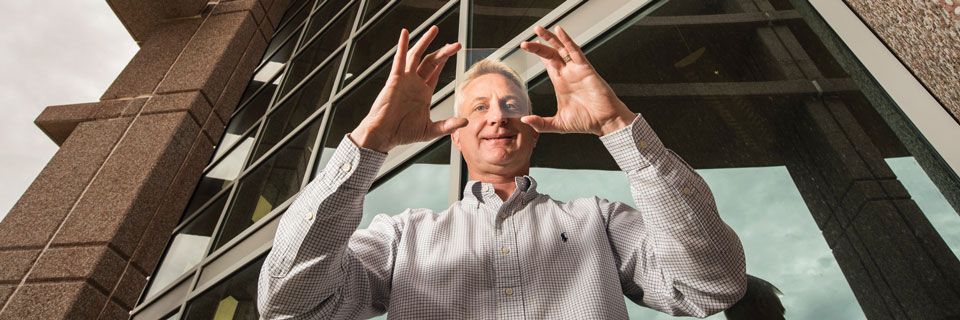
Smart window film cuts energy use
Sandia received a 2018 Federal Laboratory Consortium Excellence in Technology Transfer Award for nanomaterial window films that display “smart” control of infrared transmission and reflection. The window films display both low infrared emissivity and a temperature-tunable solar heat gain due to inclusion of thermochromic vanadium dioxide nanoparticles. A CRADA and ARPA-E program with IR Dynamics company developed films that reduce radiative and conductive energy losses of windows, projected to save billions each year and reduce national energy consumption through window retrofitting. (1000)
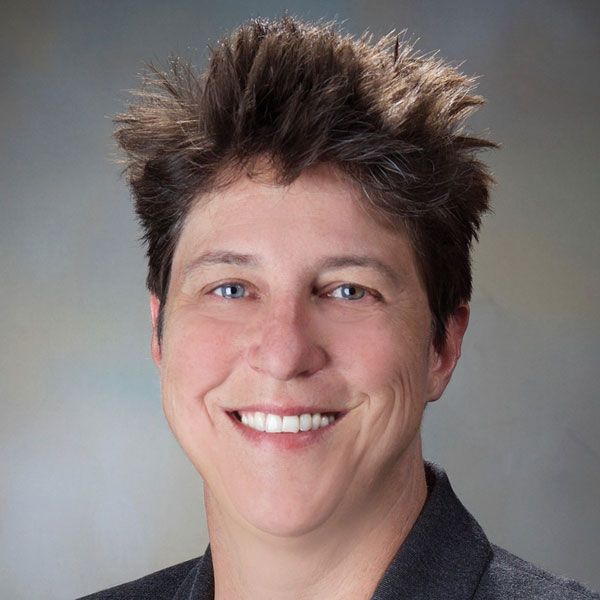
Fire risk analysis for clean energy
Chris LaFleur, program lead for Hydrogen Safety, Codes and Standards, won the 2017 Clean Energy, Education and Empowerment Award in Government at the sixth annual C3E Women in Clean Energy Symposium, cohosted by DOE. The award recognizes outstanding women advancing clean, renewable sources of energy, related technologies or clean energy policy. Chris evaluates fire risks for emerging energy technologies, such as hydrogen fuel cell vehicles. Her analyses enable cleaner transportation fuels to be implemented safely, reducing U.S. reliance on fossil fuels. (8000)
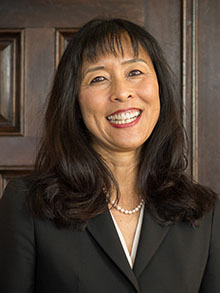
Engineer garners multiple accolades
Jacqueline Chen, a distinguished researcher at Sandia’s Combustion Research Facility, received multiple awards in 2018 recognizing her contributions to the computational simulation of turbulent reacting flows with complex chemistry. She was elected to the National Academy of Engineering, the highest professional distinction for a U.S. engineer; named as an inaugural fellow of the Combustion Institute for outstanding contributions to combustion; elected as a fellow of the American Physical Society; and received the Society of Women Engineers Achievement Award, the society’s highest honor. (8000)
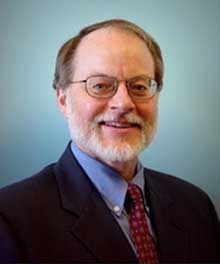
Combustion researcher top speaker
Senior Scientist John Dec received his third SAE Lloyd L. Withrow Distinguished Speaker Award, an honor for individuals with demonstrated outstanding presentation skills. Award recipients must have more than two Oral Presentation Awards from SAE meetings. John’s first two Lloyd L. Withrow Awards were given in 1999 and 2007. John has worked at Sandia’s Combustion Research Facility since 1989 investigating diesel and low-temperature gasoline combustion engines to improve their efficiency and reduce emissions. Many of his studies involved the application of advanced laser diagnostics. (8000)
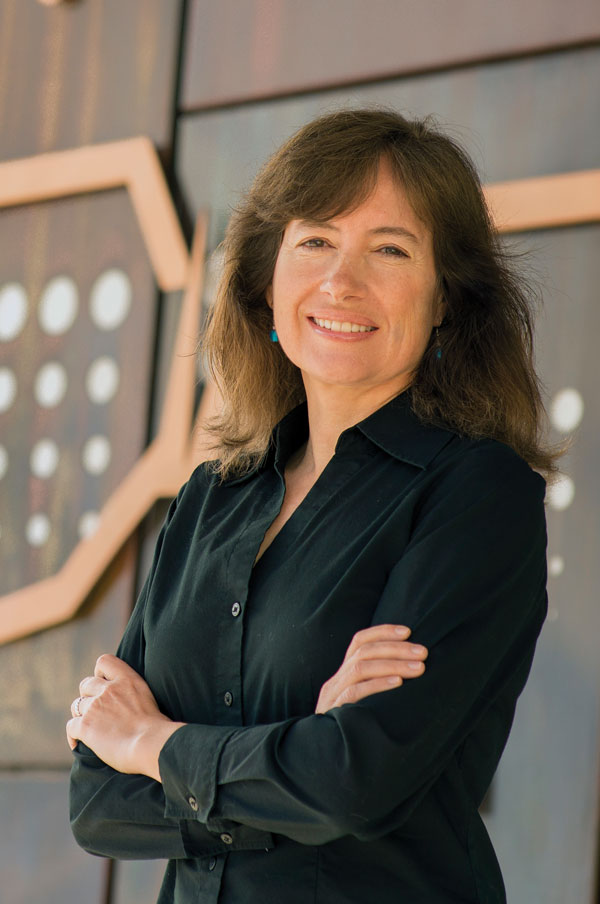
Pump research may cut deaths from antibiotic-resistant bacteria
Using computer modeling, researchers from Sandia and the University of Illinois at Urbana-Champaign are developing the means to prevent some of the 23,000 deaths caused by antibiotic-resistant bacteria each year. One way bacteria become resistant to antibiotics is by producing pumps that spit out unfamiliar small molecules, such as antibiotics, before they can cause damage. Now that researchers understand how one antibiotic pump works, they will work toward developing drugs to plug the pump so it cannot spit out antibiotics, perhaps restoring their effectiveness. (8000, LDRD)
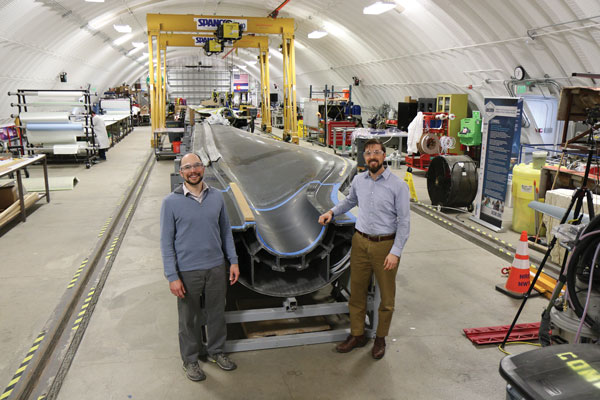
Team prints first wind turbine blade mold
Sandia’s wind energy technologies team, in collaboration with Oak Ridge National Laboratory, the National Renewable Energy Laboratory and TPI Composites, developed the first 3D printed wind turbine blade mold. The team used additive manufacturing techniques to demonstrate faster and more economical methods for prototyping new blade designs. The collaboration won a Federal Laboratory Consortium for Technology Transfer 2018 Technology Focus Award. The blade will be deployed at Sandia’s Scaled Wind Farm Technology (SWiFT) facility hosted at Texas Tech University. (8000)
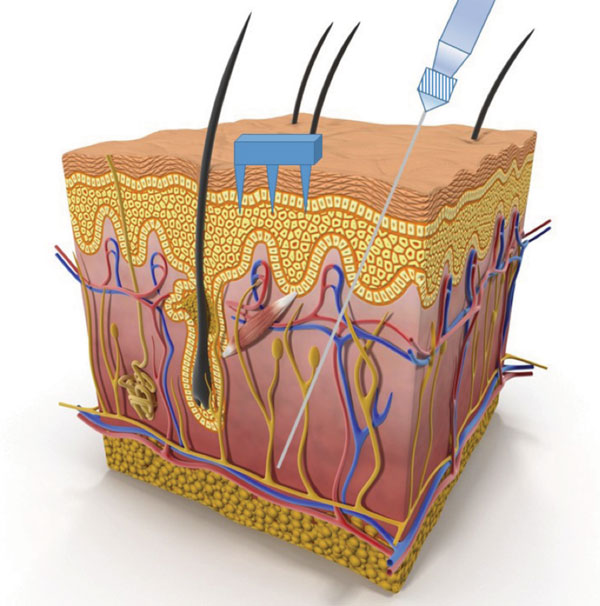
Microneedles improve wearable diagnostics, detect plant status
Sandia’s microneedles painlessly collect human interstitial fluid, a technology that has marched into exciting new directions this year. Sandia has demonstrated (Comm. Bio. DOI:10.1038/s42003-018-0170-z) that interstitial fluid is a biomarker proxy for blood, reducing the future need for phlebotomy and enabling wearable diagnostics that will be far more information-rich than existing fitness monitors. In plants, Sandia has shown that microneedles can continuously detect plant water status, sugars and pathogens non-destructively. This is a significant advancement for agriculture, one tied intimately to energy efficiency and global security. (1000, 8000)
Emergency planners gain valuable tool
Collaboration among Sandia, the California Fire and Rescue Training Authority and the Sacramento Metropolitan Fire District to develop and deploy the Standard Unified Modeling, Mapping and Integration Toolkit (SUMMIT) for emergency planning and exercises won a Federal Laboratory Consortium for Technology Transfer Far West Region Outstanding Partnership Award. Developed at Sandia, SUMMIT allows exercise planners to link together disparate models, enabling a disaster and response scenario to be exercised from start to finish and aiding emergency preparedness communities in preparing for natural disasters and emergency situations. (6000, 8000)
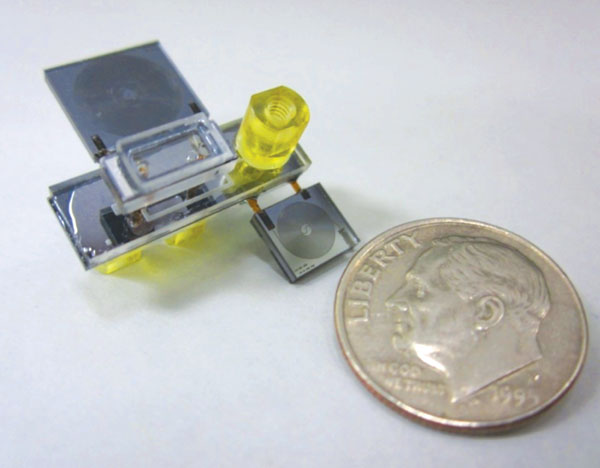
Record-setting Micro Gas Analyzer has many uses
Sandia has developed state-of-the-art portable gas analyzers for more than two decades starting with the Labs’ first Grand Challenge, the MicroChemLab. Sandia researchers set a record of separating more than 50 compounds/second in the DoD’s Micro Gas Analyzer (MGA) program with the first-ever pressure-modulated, dual micro-gas chromatography (microGCxGC) analyzer. Originally designed to detect dangerous chemicals, the analyzers are testing against physiological stress markers in pilots’ breath, disease biomarkers and volatiles useful for improving agriculture and energy production. The analyzers can be hand-portable or drone-mounted. (1000, 5200, 8600)
Arc fault tests aim to stop electrical equipment failures
Small-scale, high-energy arc fault experiments on copper and aluminum conductors will help ensure the safety of U.S. nuclear power generation. Results informed a predictive model that will determine the damage zone from powerful electrical equipment failures in nuclear power plants. The team’s unique capabilities in high-speed videography, particle characterization and arc fault analysis are being used for the Nuclear Regulatory Commission’s full-scale high-energy arc fault testing to provide novel insights into the physics and dynamics of these destructive events. (1000, 8000)
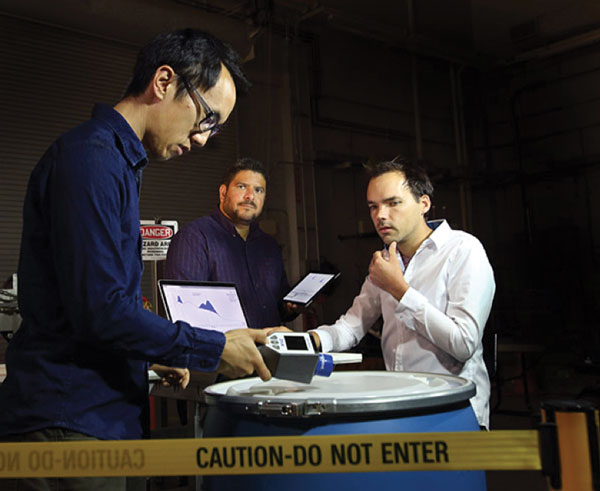
Rapid radiation assessments in the field with InterSpec
First responders who arrive at an emergency scene involving radiation now have an easy way to swiftly assess the situation for safety by using Sandia’s open-source InterSpec app to perform radiation data analysis. InterSpec allows field technicians to validate data quality, while helping field and reachback analysts determine the type and amount of radiation and shielding. InterSpec is also a valuable tool for laboratories and other academic and industrial settings where an accurate understanding of detected radiological material is crucial. (8000)
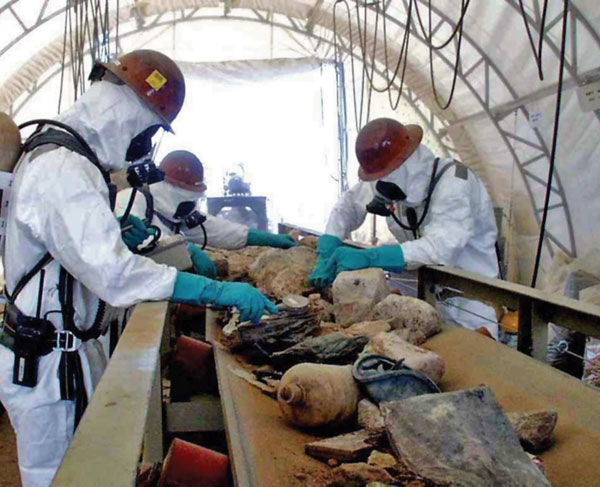
Final contaminated soil sites restored
Sandia’s environmental restoration program completed restoration of the Labs’ last contaminated soil sites, some dating to Sandia’s earliest days in the 1940s as the Z Division of Los Alamos. In 1987, Sandia identified more than 100 potentially contaminated sites, initiating a 31-year effort to characterize, and where necessary, remediate soil sites. In June, the New Mexico Environment Department approved Corrective Action Complete status for the last six soil sites baselined for “corrective action.” Restoration continues at the three Sandia locations with contaminated groundwater. (600, 8000)
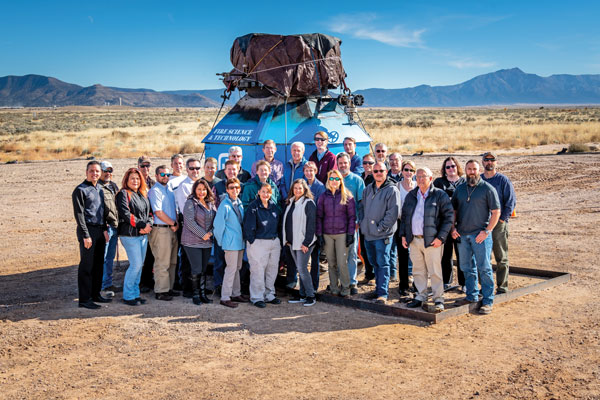
Burning oil to improve transportation safety
Sandia undertook a test series of large-scale outdoor crude oil pool fires and fireballs to help understand how crude oil physical and chemical properties relate to combustion properties and, ultimately, how they affect relative hazards of crude oil fires that may occur as a result of transportation, storage or handling accidents. Sponsors included DOE, U.S. Department of Transportation and Transport Canada. Results will be made public in 2019. (1000, 8000)
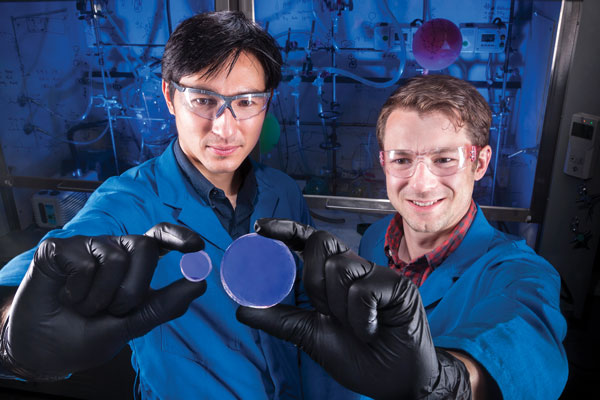
Better detector materials stymie smugglers
It could soon be more difficult to smuggle nuclear materials through U.S. ports and borders thanks to detectors that use organic glass scintillators. The small, handheld detectors engineered by Sandia and California-based XIA, LLC, won the Far West Region Outstanding Technology Development Award. Sandia’s organic glass scintillator, which produces light in response to the presence of nuclear materials, provides high detection efficiency of radioactive material without high production costs. Due to the advantages over existing scintillator products, XIA is integrating Sandia’s scintillator into detectors for real-world applications. (8000)

Grid, energy, water analyses help Puerto Rico recover
Sandia researchers are assisting Puerto Rico to rebuild a sustainable, resilient infrastructure in the wake of Hurricanes Irma and Maria. Using Sandia-developed analytical tools, the team identified key locations for microgrids and energy storage systems to allow power systems to remain operational or recover quickly after future severe storms. The advanced technologies are focused on providing emergency services and keeping key industries operational, addressing the most urgent post-hurricane energy needs. In conjunction with the Environmental Protection Agency, Sandia is also addressing municipal water supply resiliency. (1000, 8000)
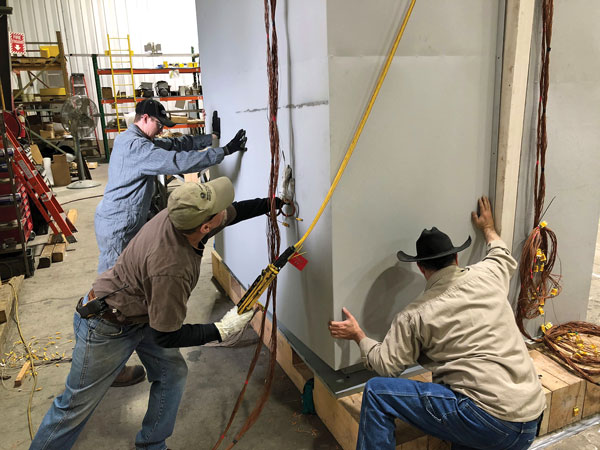
Test boosts safety for nuclear fuel casks
A Sandia team instrumented a spent nuclear fuel storage cask and collected first-of-a-kind data to support an updated safety analysis for nuclear power plants. Despite all possible difficulties, including a near-catastrophic equipment failure early in testing, the data were collected at the highest possible level of quality: Nuclear Quality Assurance, or NQA-1. The test results will increase safety and flexibility of site operations for nuclear power plants using the storage system, upon acceptance of the updated operating license. (8000)
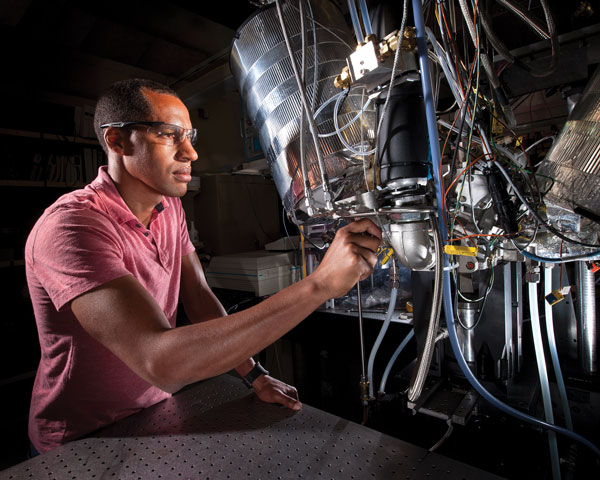
Paper on fuels for advanced engines captures prize
Isaac Ekoto won the SAE Harry L. Horning Memorial Award for his paper, “Investigation of Fuel Effects on In-Cylinder Reforming Chemistry Using Gas Chromatography,” clarifying the impact of fuel composition on advanced, high-efficiency internal combustion engine operating modes. The award recognizes the best paper about the better mutual adaptation of fuels and internal combustion engines. It is the ninth time a Sandian has received the award, more than any other institution. The work was a collaboration with the University of Minnesota. (8000)